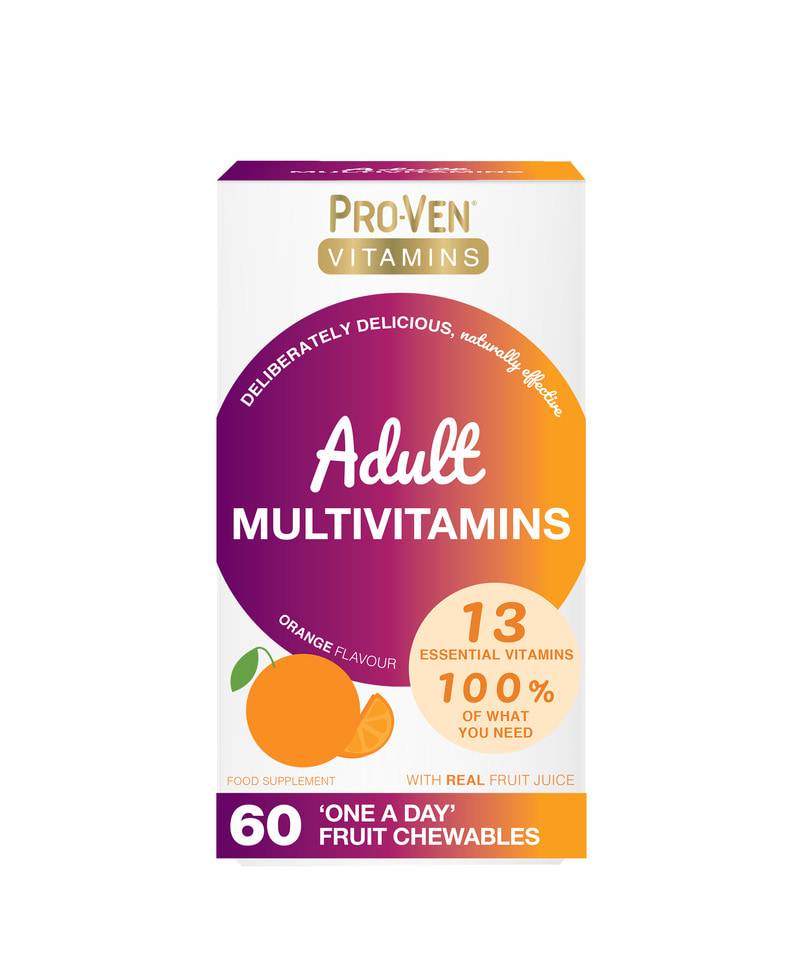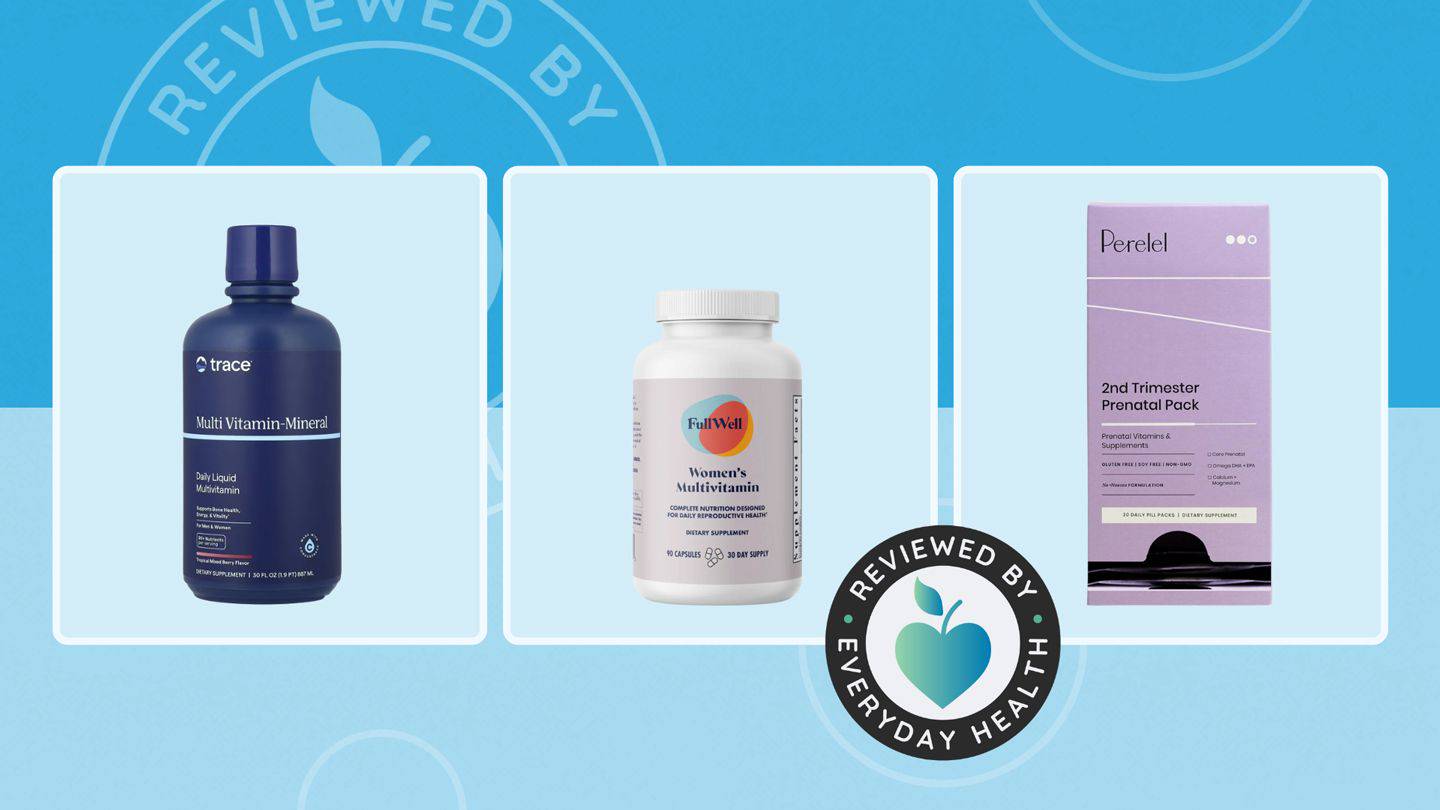Comprehending supplement expiration labels
Alright, mate — let’s have a chat about those dates printed on your vitamin containers. You know the ones: “Best by,” “Use by,” or just a mysterious set of numbers that seem like a secret message. But here’s the twist — those dates don’t automatically indicate that your supplements spoil the day after. Unlike your milk or your mum’s pavlova, vitamins don’t go bad in an instant.
In Australia, supplement expiration dates focus more on effectiveness than safety. This indicates that the manufacturer is asserting, “We guarantee that this product will maintain its full potency until this date.” Afterward, the vitamins don’t abruptly become toxic — they simply might lose some of their strength.
Research and manufacturers suggest that various vitamins — particularly those in tablet or capsule forms — can remain stable for a year or more beyond their expiration date if stored correctly. Consider a cool, dry location — not your humid bathroom cabinet or the glove box of your ute during summer.
Water-soluble vitamins like vitamin C and B-complex usually break down faster than fat-soluble ones such as vitamins A, D, E, and K. So if you’re taking a C tablet that expired last year, it might not do much more than a Tic Tac, but it’s unlikely to harm you.
Probiotics and fish oil are different — they’re more vulnerable to time, heat, and moisture, and can indeed spoil. If your fish oil smells like a bait bucket left under the sun, it’s time to throw it away, mate.
While the date on the bottle is a helpful guideline, it’s not an absolute rule. Just don’t treat your vitamin collection like a fine wine cellar — fresher is still preferable for maximizing your daily intake.
Identifying if your vitamins are still effective
Alright, you’ve unearthed that half-empty bottle of multivitamins from the back of the pantry and you’re questioning if they’re still effective. Here’s how to determine if your supplements are still working or if they’ve become like a soggy Weet-Bix.
- Inspect the appearance and texture: If your tablets have altered color, turned chalky, or are clumping together like a melted Mintie in your pocket, that’s a warning sign. Capsules that appear cracked, clumped, or leaking oil? Discard them.
- Smell test: Take a sniff. Vitamins shouldn’t have an odor akin to your gym socks after a tough workout. A strong, unpleasant, or fishy smell (especially in omega-3s or probiotics) is a clear indication they’ve spoiled.
- Taste (if you dare): Some chewable or powdered forms might have an off flavor if they’ve degraded. If it tastes bad or resembles something from your uncle’s tackle box, it’s probably wise to avoid it.
- Clumping or humidity: If the contents of the bottle resemble they’ve been living in a tropical climate, moisture may have infiltrated. Humidity is the enemy of potency — and can even result in mold. No thanks.
Storage is crucial as well. If your vitamins have been heating on a sunny windowsill or sweating in the bathroom, their effectiveness might have diminished. Store them in a cool, dry area — think pantry, not glovebox.
Still uncertain? If your supplement is past its prime and you’re depending on it for a particular health benefit — like iron for energy or vitamin D for bone health — it might be wiser to grab a new bottle. There’s no point in taking pills that are about as useful as fairy dust.
And remember, your body isn’t a science experiment. When in doubt, have a chat with your GP or a qualified naturopath. They’ll guide you appropriately — and likely advise you to discard that ancient bottle of garlic capsules from 2017.

